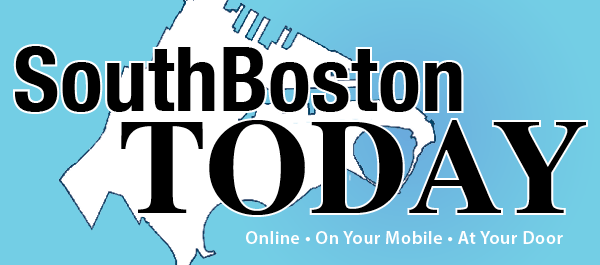Massachusetts developers and transportation officials want the public to know transit-oriented development is about more than just building skyscrapers over downtown train stations. “Transit-oriented development is not so much of what happens in downtown Boston and the urban core, but what can happen beyond that,” Federal Realty Investment Trust Vice President of Development Patrick McMahon said at a Bisnow’s Boston Transit-Oriented Development Boom event. “I think of the opportunity to spread density out and beyond from where we know and see density today.”
Federal Realty is behind Assembly Row, a mixed-use development on the Orange Line north of Boston in Somerville. McMahon points to projects like Assembly and NB Development Group’s Boston Landing in Brighton as ways to extend density throughout the region rather than zeroing in on costly, transit-oriented development in the urban core.
More transit-oriented development is also a key opportunity to tackle Greater Boston’s affordability issues. More than 400,000 new units of housing are needed in the region by 2040 to sustain its economic growth, according to the Metropolitan Area Planning Council. Panelists at the Bisnow event said transit-oriented development is the best catalyst to hit that target and make meaningful improvements to infrastructure beyond railways. “Transit-oriented development is a real opportunity and meaningful one that we as a state and region should take to create more affordable housing,” McMahon said. “I also think TOD isn’t just transit-oriented development. It’s transit/infrastructure-oriented development.” Massachusetts, Somerville and Federal Realty invested over $100M combined on infrastructure at Assembly Row, but McMahon said only 30% of that went to the infill Orange Line station. The rest was for sewer systems, roads, a network of streets and other infrastructure necessary to support density in the area.
While the Somerville development is seen as a successful model for creating density away from downtown, it isn’t always so easy. Developers are typically eager to build housing, but Metropolitan Area Planning Council Senior Regional Planner Chris Kuschel said Boston and Somerville can’t be the only ones to pursue projects with density. Suburbs should pull their weight, but that is easier said than done. “There are a lot of unique challenges in the suburbs, and a big part of it is convincing the municipalities or members of the community to have this type of development because change can be hard,” Kuschel said. “In Boston, we’re often talking about how many hundred feet to build a building. In the suburbs, it’s much more of an existential type of discussion: ‘Are we going to have any new development, or is it going to stay a strip mall for the next 20 years?’”
In those instances where a municipality is willing to let developers pursue a project, they should be ready to commit to revitalizing the surrounding area beyond their own development. “The challenge I think for transit-oriented development is it’s the sexy buzzword. Everybody wants to be TOD, every investor wants to develop at a TOD location,” Jefferson Apartment Group (JAG) Senior Vice President Sandi Silk said. “If you’re going to go somewhere that’s emerging, you have to understand what is likely to come and be a part of that.”
JAG
is developing the 500K SF Jefferson at Malden Center, a transit-oriented
development at the Malden Center Orange Line station. The development entails
replacing the old Malden City Hall with 320 residential units, 45K SF of new
offices that will be the new City Hall and 23K SF of retail. Berkeley
Investments bought the property next door in 2016 and has since announced plans
for Exchange 200, a mixed-use development that will include retail and office
space. Rather than view her neighbor as a competitor, Silk said it is important
to work together in order to make transit-oriented development in the emerging
cluster a success. “The conversation we had was to try and see if we can
come out together and pitch the whole thing. It’s competitive, but it’s
collaborative,” Silk said. “Finding those opportunities to collaborate with
competitors and jurisdictions [to] make those communities better is good for
everyone.”










